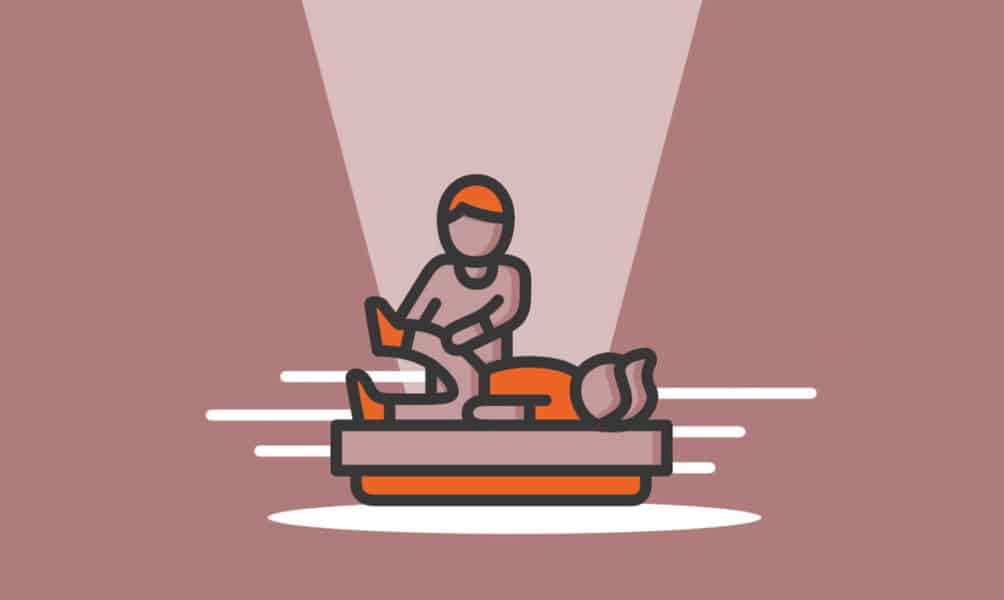
Carolyn Young is a business writer who focuses on entrepreneurial concepts and the business formation. She has over 25 years of experience in business roles, and has authored several entrepreneurship textbooks.
David has been writing and learning about business, finance and globalization for a quarter-century, starting with a small New York consulting firm in the 1990s.
Published on May 4, 2022

$130,000 - $416,000 p.a.
$65,000 - $83,000 p.a.
Pay attention to these important factors as you establish your physical therapy clinic:
![]()
Interactive Checklist at your fingertips—begin your physical therapy clinic today!
You May Also Wonder:
Can a physical therapy business be profitable?
Yes, a physical therapy business can be profitable, but more importantly, it can be very rewarding. You’ll be helping people live better lives with less pain. But it’s crucial to provide quality service and treatment.
What do I need to do to become a physical therapist?
You can find information on becoming one through the American Physical Therapy Association. To practice as a physical therapist in the U.S., you must earn a doctor of physical therapy degree from an accredited program and pass a licensing exam. Programs typically take three years, and most require a bachelor’s degree.
How do I market physical therapy clinic?
Collaborate with local healthcare professionals and community organizations to build referrals. Offer educational content and resources on your website to establish credibility and attract patients seeking information.
Where do physical therapists make the most money?
Physical therapists tend to earn higher salaries in settings such as outpatient clinics, hospitals, and skilled nursing facilities. Geographic location can also influence earning potential, with areas that have a higher cost of living often offering higher salaries.
How can I differentiate my physical therapy clinic from competitors in the market?
To differentiate your physical therapy clinic from competitors, emphasize unique aspects such as specialized treatment techniques, cutting-edge technology, or niche services. Focus on exceptional patient care, personalized treatment plans, and a warm and welcoming clinic environment.
What types of physical therapy treatments can a clinic provide?
Common types of physical therapy treatments include manual therapy, therapeutic exercises, balance and gait training, electrical stimulation, ultrasound, heat and cold therapy, and patient education on injury prevention and self-care techniques.
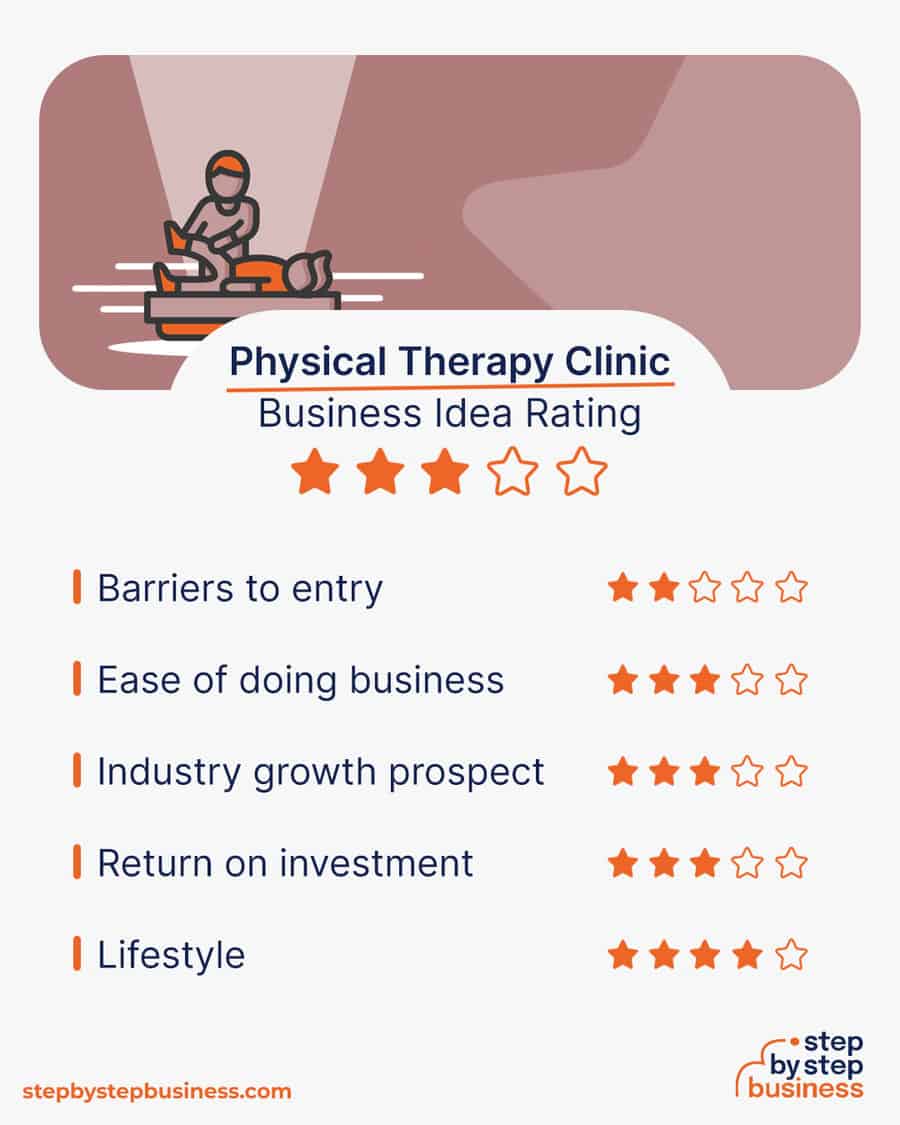
Starting a physical therapy business has pros and cons to consider before deciding if it’s right for you.
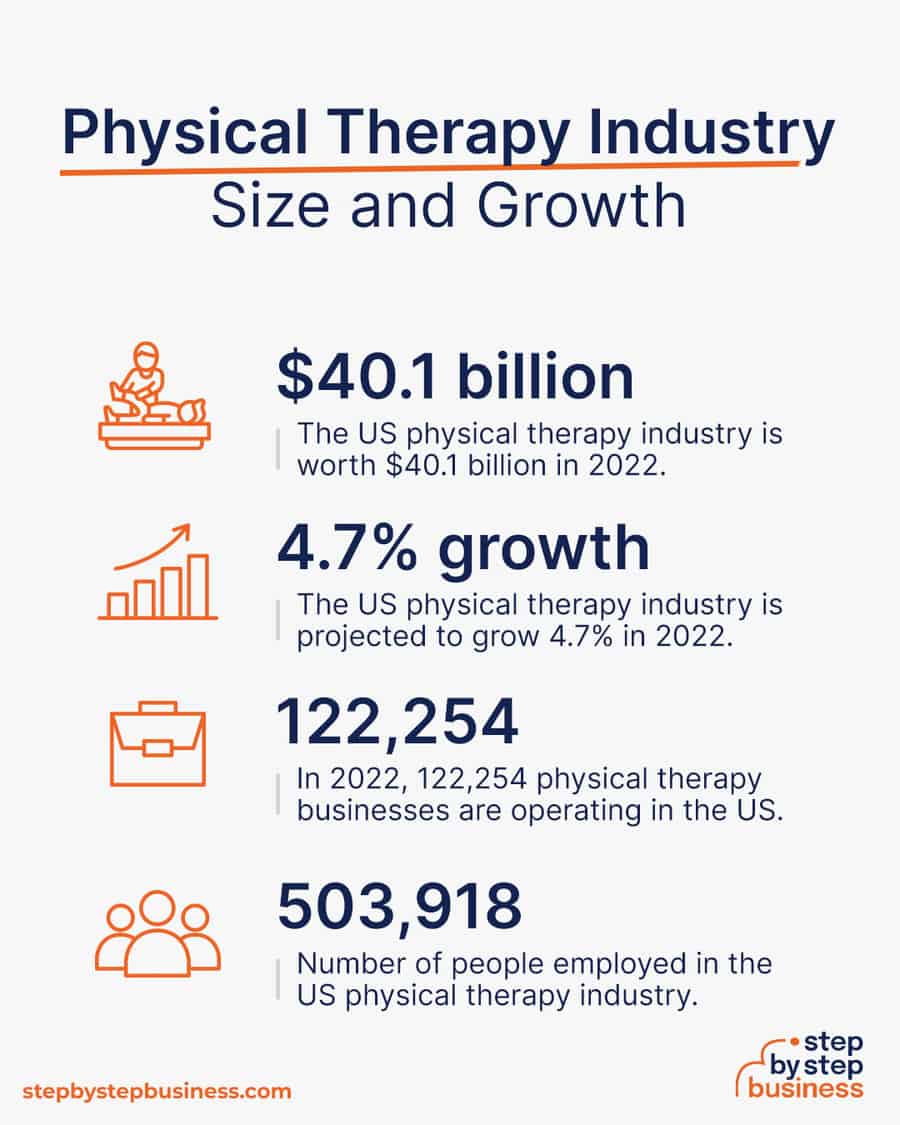
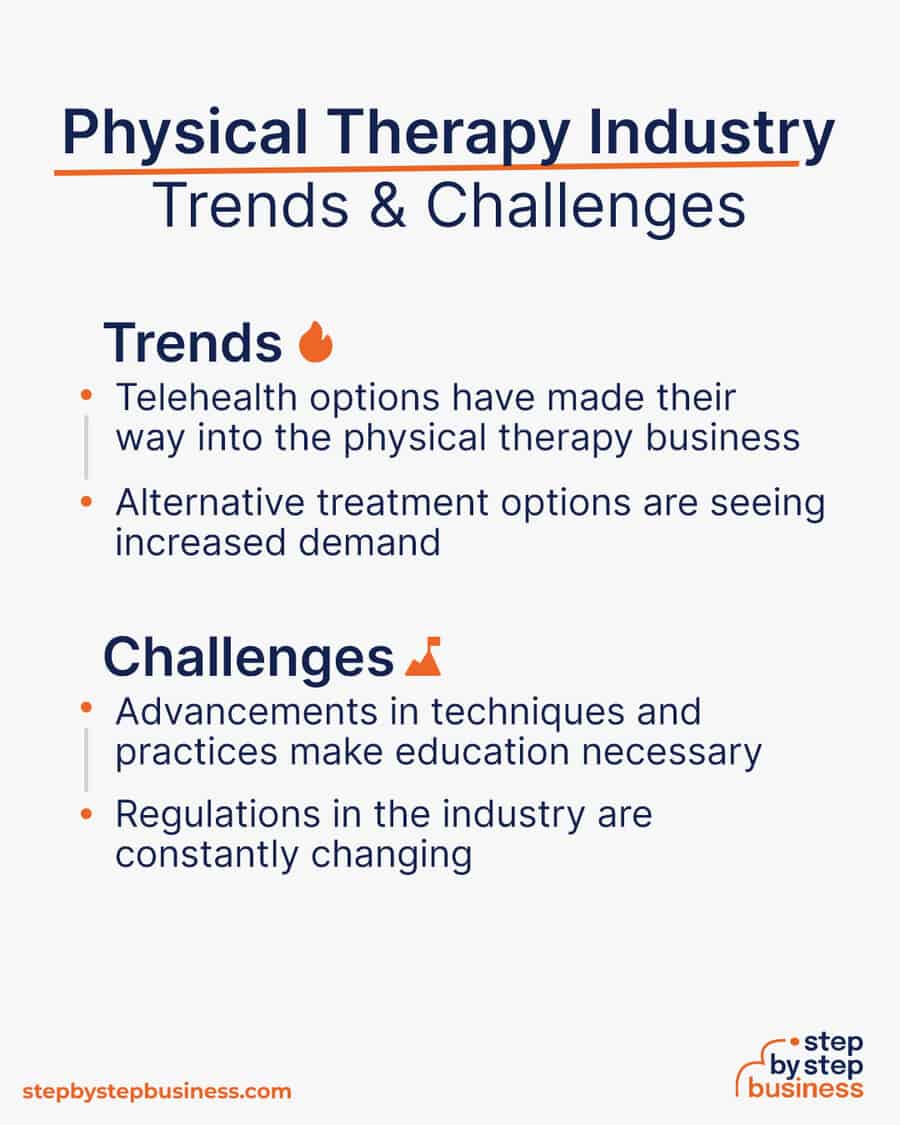
Trends in the physical therapy industry include:
Challenges in the physical therapy industry include:
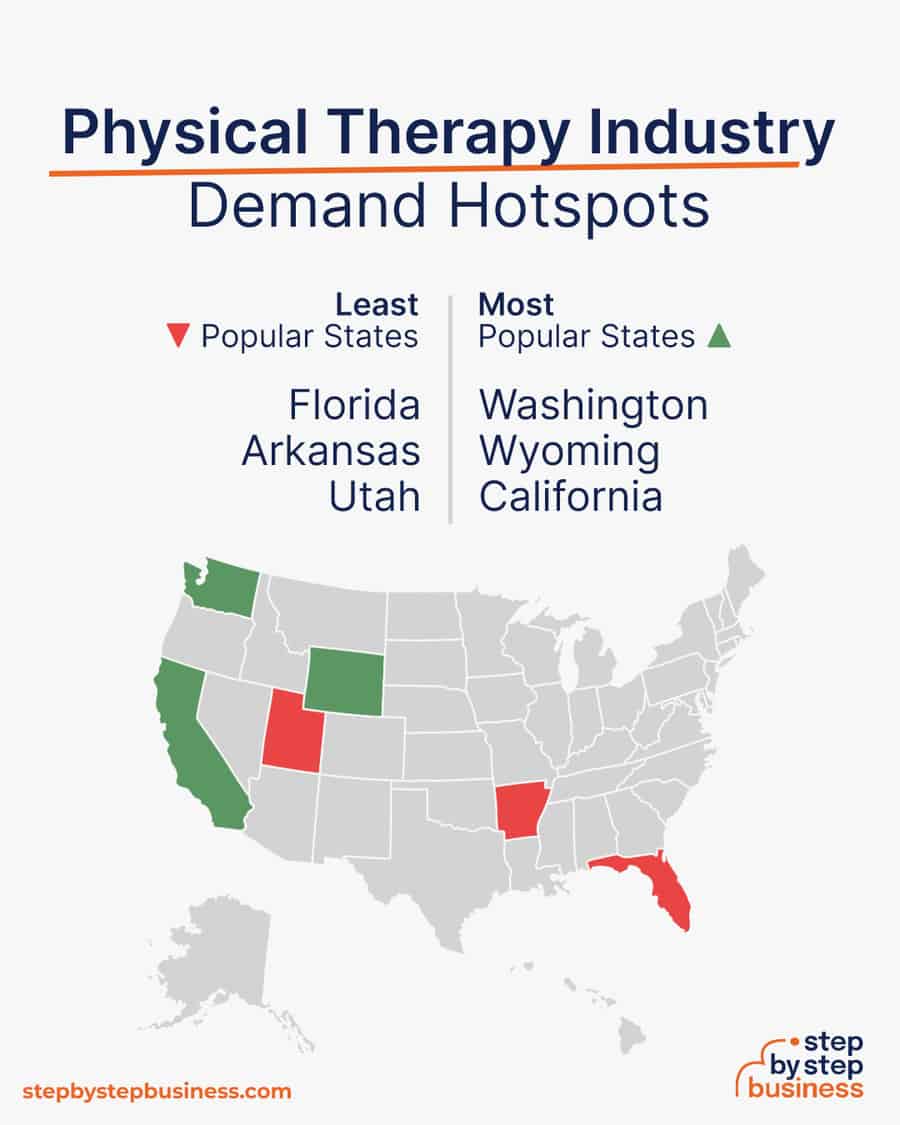
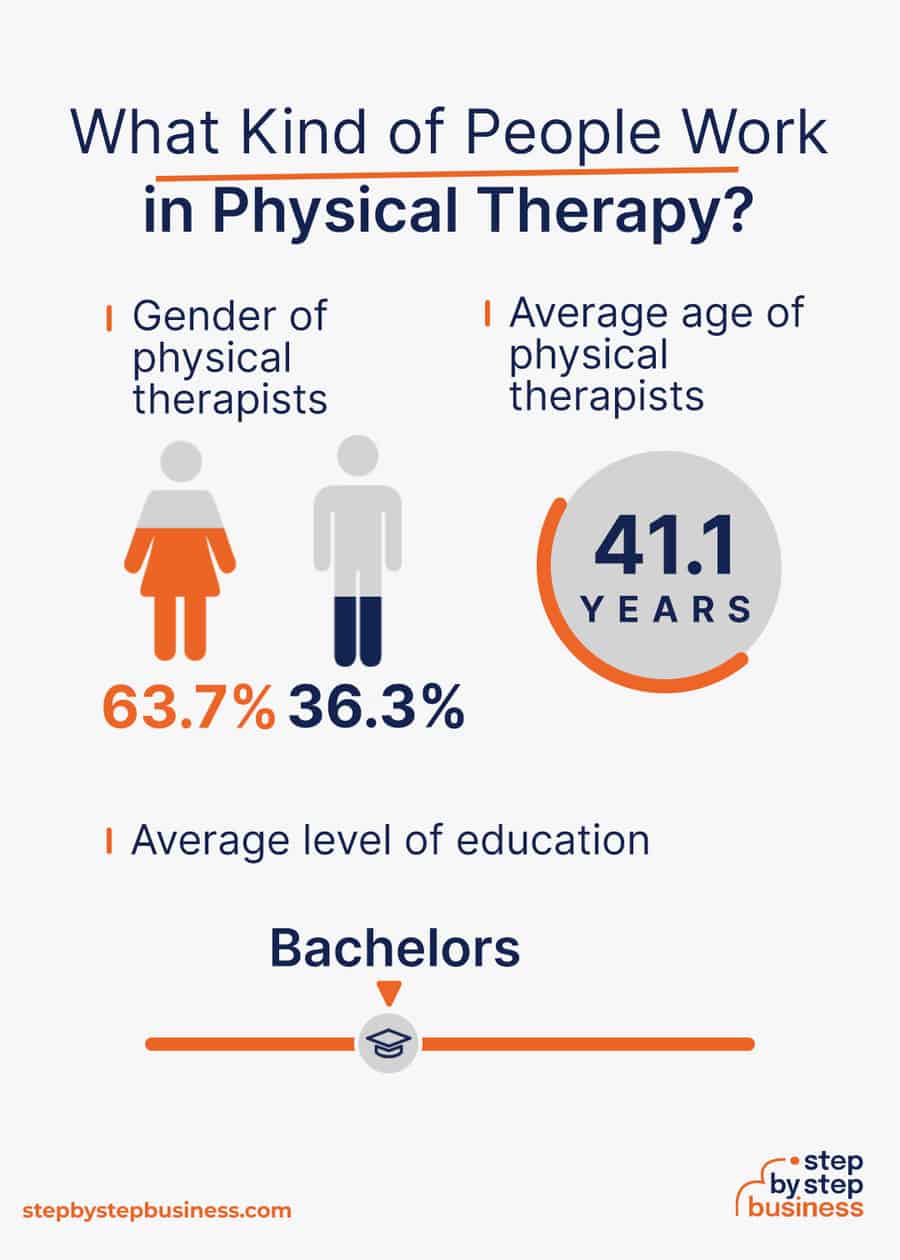
Startup costs for a physical therapy clinic range from $12,000 to $30,000. The main cost is renting and outfitting the clinic space. If you have more limited financing, you could cut costs by starting out as a mobile and virtual physical therapist, going to your clients and providing therapy online to build a reputation. This would save you $5,000 to $10,000 in startup costs, but you would only be able to take a limited amount of equipment to your patients’ homes.
Either way, you’ll need to obtain malpractice insurance. If you’re not a physical therapist, you can find information on becoming one through the American Physical Therapy Association.
To practice as a physical therapist in the US, you must earn a doctor of physical therapy degree from a Commission on Accreditation in Physical Therapy Education-accredited physical therapist education program and pass a state licensure exam. Programs typically take three years, and most require a bachelor’s degree.
You’ll need a handful of items to successfully launch your physical therapy business, including:
| Start-up Costs | Ballpark Range | Average |
|---|---|---|
| Setting up a business name and corporation | $150 - $200 | $175 |
| Business licenses and permits | $100 - $300 | $200 |
| Insurance including malpractice insurance | $500 - $1,000 | $750 |
| Business cards and brochures | $200 - $300 | $250 |
| Website setup | $1,000 - $3,000 | $2,000 |
| Equipment | $5,000 - $15,000 | $10,000 |
| Clinic space rental | $2,500 - $5,000 | $3,750 |
| Space preparation | $2,500 - $5,000 | $3,750 |
| Total | $11,950 - $29,800 | $20,875 |
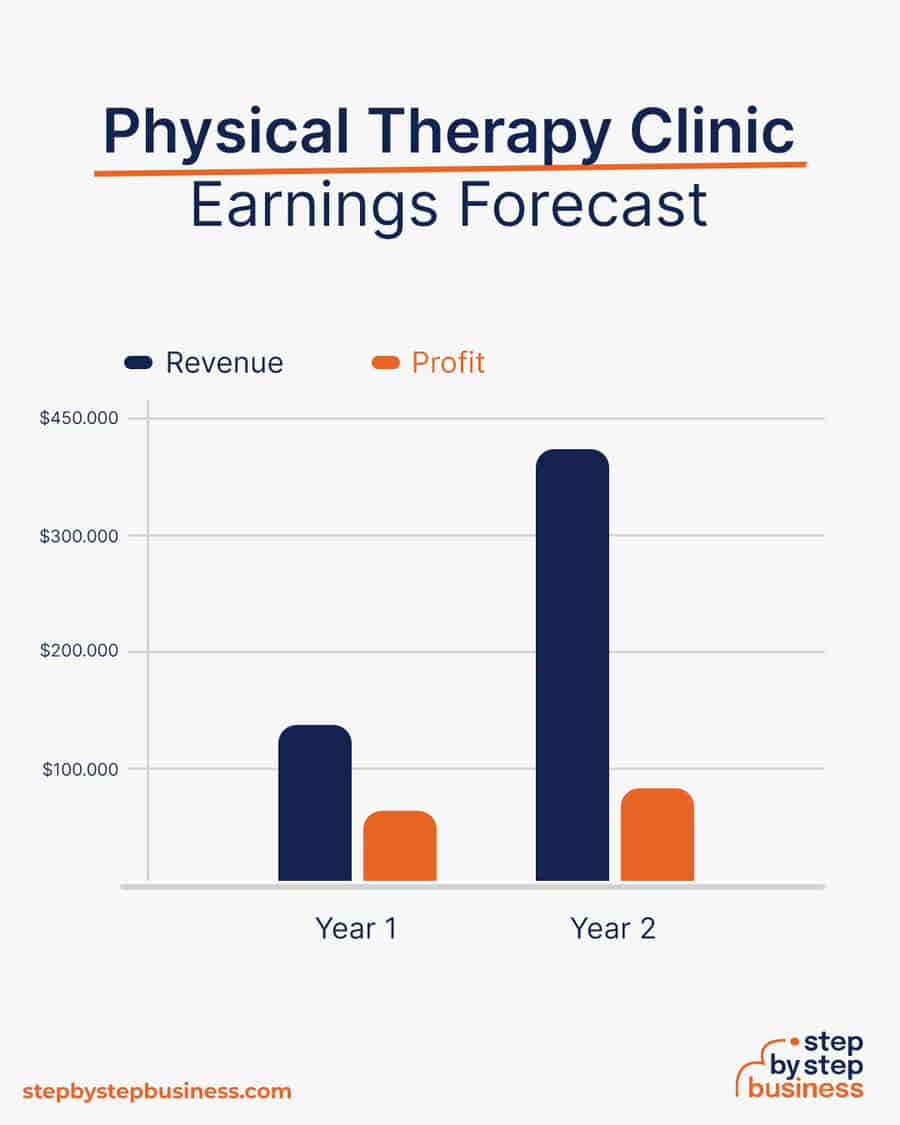
The average cost of a one-hour physical therapy session is $100. If you start with a small clinic working alone, your profit margin after rent and overhead should be about 50%.
In your first year or two, you might have 25 sessions per week, bringing in $130,000 in annual revenue. This would mean $65,000 in profit, assuming that 50% margin. As your business gains traction, your clinic might provide 80 sessions per week. At this stage, you’d hire staff, including other physical therapists, reducing your profit margin to around 20%. With annual revenue of $416,000, you’d make a healthy profit of nearly $84,000.
There are a few barriers to entry for a physical therapy clinic. Your biggest challenges will be:
If you’re still not sure whether this business idea is the right choice for you, here are some related business opportunities to help you on your path to entrepreneurial success.



Now that you know what’s involved in starting a physical therapy clinic, it’s a good idea to hone your concept in preparation to enter a competitive market.
Market research will give you the upper hand, even if you’re already positive that you have a perfect product or service. Conducting market research is important, because it can help you understand your customers better, who your competitors are, and your business landscape.
Research physical therapy clinics in your area to examine their services, price points, and customer reviews. You’re looking for a market gap to fill. For instance, maybe the local market is missing a sports medicine clinic, a clinic that also offers athletic training, or a clinic that provides electrical stimulation therapy.
![]()
You might consider targeting a niche market by specializing in a certain aspect of your industry, such as treating shoulder pain or knee pain, or adding yoga and meditation therapy.
This could jumpstart your word-of-mouth marketing and attract clients right away.
Your services will depend on what you decide to specialize in. They might include:
The average price of a one-hour physical therapy session is $100. After your costs of rent and overhead, you should aim for a profit margin of about 50% when you’re working by yourself.
Once you know your costs, you can use this Step By Step profit margin calculator to determine your mark-up and final price points. Remember, the prices you use at launch should be subject to change if warranted by the market.
Your target market will be broad. You should spread out your marketing to include sites like TikTok, Instagram, and Facebook. You should also try to partner with private practice physicians to get referrals. You can connect with them on LinkedIn or find them on Google or Yelp and call them directly.
Unless you start out working from home, you’ll need to rent out a space for your clinic. Look for a spot in a central and convenient area, such as a medical district or a busy commercial area.
Depending on the type of physical therapy clinic you plan to start, you may also want to consider the proximity to complementary businesses, such as chiropractors or orthopedic clinics.
By strategically choosing the right location, you can establish a profitable and successful physical therapy clinic that provides high-quality healthcare services to patients and stands out from competitors.
You can find commercial space to rent in your area on sites such as Craigslist, Crexi, and Instant Offices.
When choosing a commercial space, you may want to follow these rules of thumb:
Here are some ideas for brainstorming your business name:
Once you’ve got a list of potential names, visit the website of the US Patent and Trademark Office to make sure they are available for registration and check the availability of related domain names using our Domain Name Search tool. Using “.com” or “.org” sharply increases credibility, so it’s best to focus on these.
Powered by GoDaddy.com
Finally, make your choice among the names that pass this screening and go ahead with domain registration and social media account creation. Your business name is one of the key differentiators that sets your business apart. Once you pick your company name, and start with the branding, it is hard to change the business name. Therefore, it’s important to carefully consider your choice before you start a business entity.
Here are the key components of a business plan:
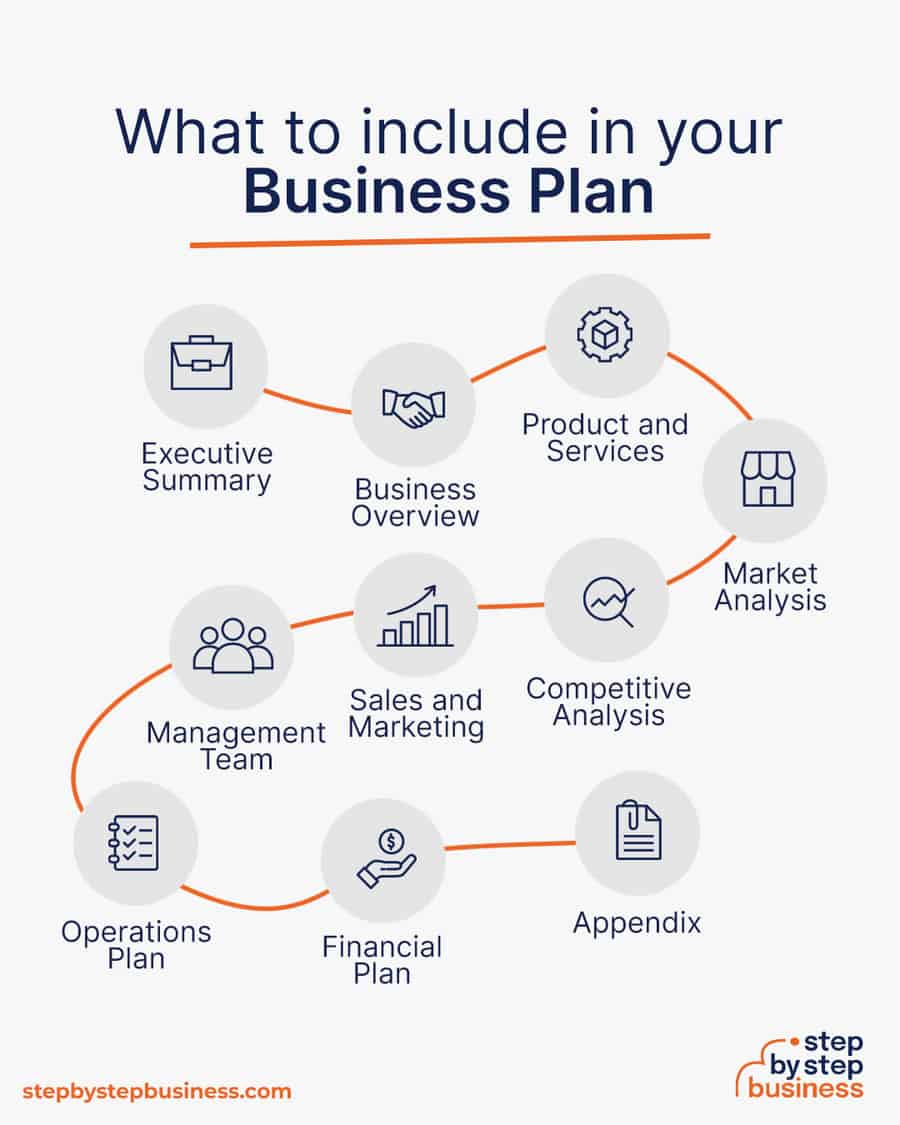
If you’ve never created a business plan, it can be an intimidating task. You might consider hiring a business plan specialist to create a top-notch business plan for you.
Registering your business is an absolutely crucial step — it’s the prerequisite to paying taxes, raising capital, opening a bank account, and other guideposts on the road to getting a business up and running.
Plus, registration is exciting because it makes the entire process official. Once it’s complete, you’ll have your own business!
Your business location is important because it can affect taxes, legal requirements, and revenue. Most people will register their business in the state where they live, but if you’re planning to expand, you might consider looking elsewhere, as some states could offer real advantages when it comes to physical therapy clinics.
If you’re willing to move, you could really maximize your business! Keep in mind, it’s relatively easy to transfer your business to another state.
Business entities come in several varieties, each with its pros and cons. The legal structure you choose for your physical therapy clinic will shape your taxes, personal liability, and business registration requirements, so choose wisely.
Here are the main options:
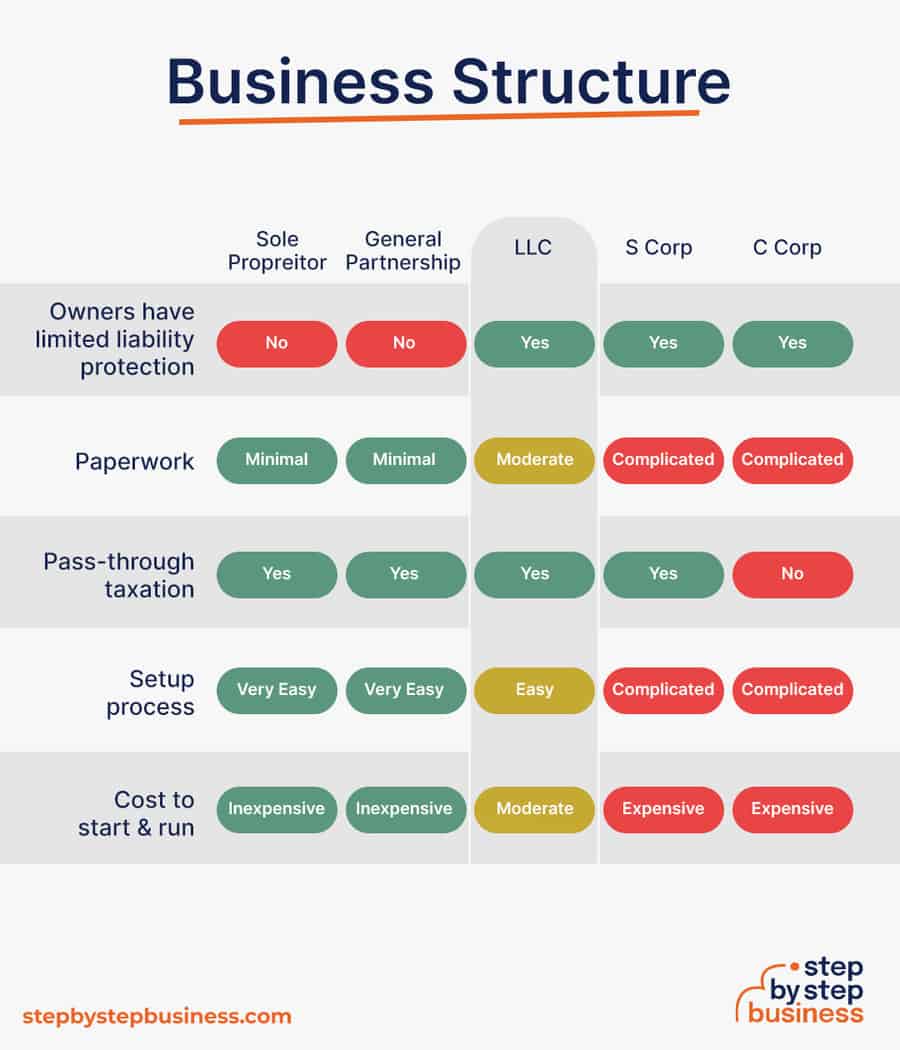
We recommend that new business owners choose LLC as it offers liability protection and pass-through taxation while being simpler to form than a corporation. You can form an LLC in as little as five minutes using an online LLC formation service. They will check that your business name is available before filing, submit your articles of organization, and answer any questions you might have.